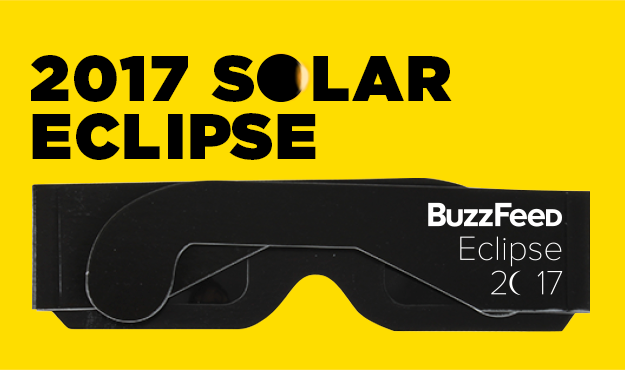On Aug. 21, millions of people in the United States will be treated to a rare, even mystifying phenomenon: a total solar eclipse. Stretching all the way from the coast of Oregon to the eastern edge of South Carolina, the moon will momentarily block the face of the sun — shrouding the land below in darkness, making stars and planets visible in the middle of the day, changing weather patterns, and even causing animals some extreme, if brief, confusion.
But eclipses are also confusing for humans! Don't fear, we've got your basics covered. Here is everything you need to know if you know nothing about the total eclipse:
Why do total solar eclipses happen?
“It is actually a cosmic coincidence,” Lika Guhathakurta, NASA’s lead scientist for the 2017 eclipse, told BuzzFeed News. The reason we can observe a total solar eclipse at all has to do with the fact that our sun is 400 times wider than our moon, but is also on average about 400 times further away from Earth than the moon is, she explained.
“So to our eyes, they appear the same size in the sky,” Guhathakurta said. And that means that from our vantage point the moon can, occasionally, block out the sun altogether.
But then why don’t we see total solar eclipses more often?
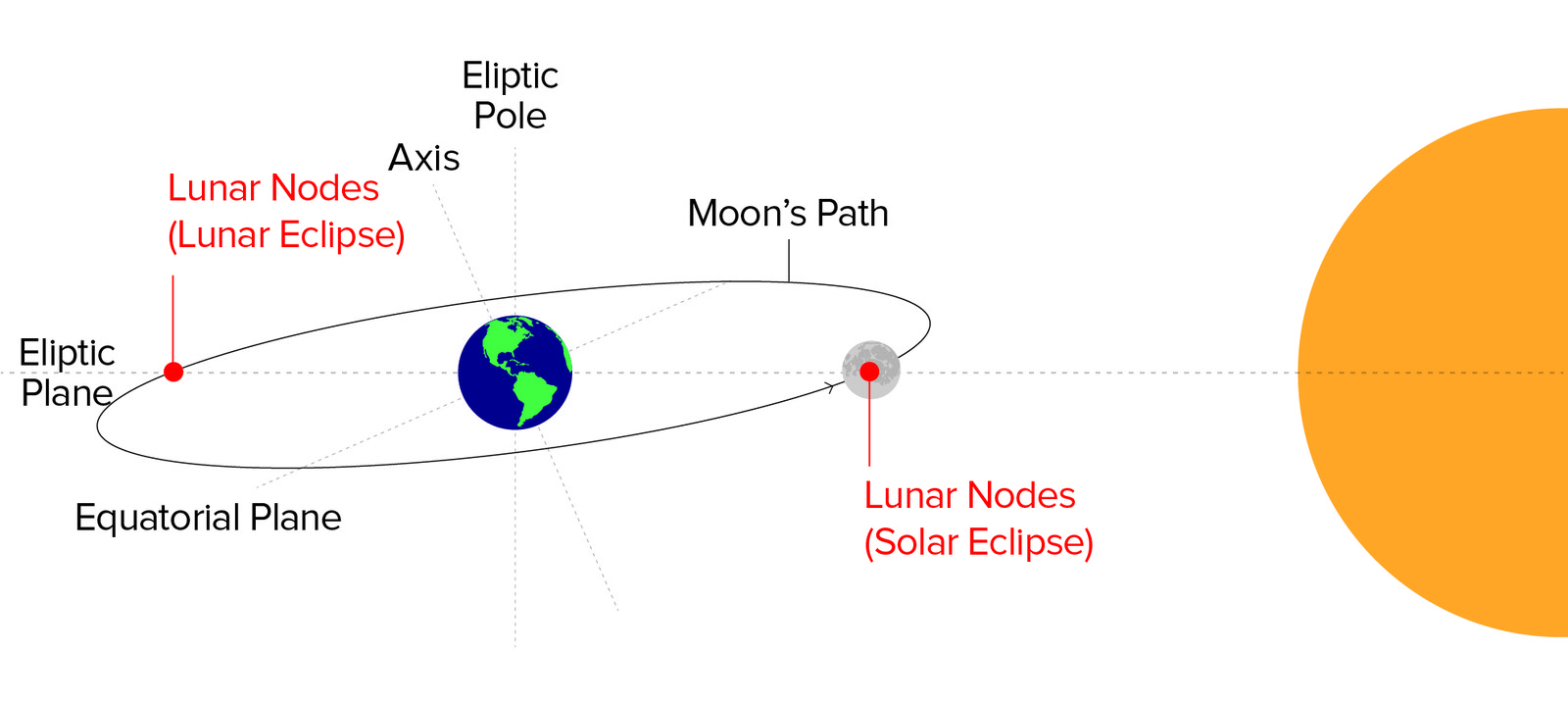
To get an eclipse, you need the moon to pass directly between the sun and the Earth, and that doesn’t occur very often.
That’s because the path of the moon’s orbit around the Earth and the path of the Earth’s orbit around the sun are not perfectly aligned. If they were, we’d get a solar eclipse every new moon, or once a month. But we don’t!
Instead, the moon’s orbit is tilted with respect to the Earth’s at just over a 5-degree angle — which means that often the moon is passing too high over the sun, or too low under it, to get an eclipse.
But sometimes — a couple of times a year — the moon’s orbit and the Earth’s orbit intersect, creating the possible conditions for a solar eclipse. Only when you have the sun, the moon, and the Earth all in one line, and at just the right point in the moon’s orbit — so that the moon appears the same size as the sun in the sky — have you got a chance at observing totality.
When was the last time this crazy thing happened?
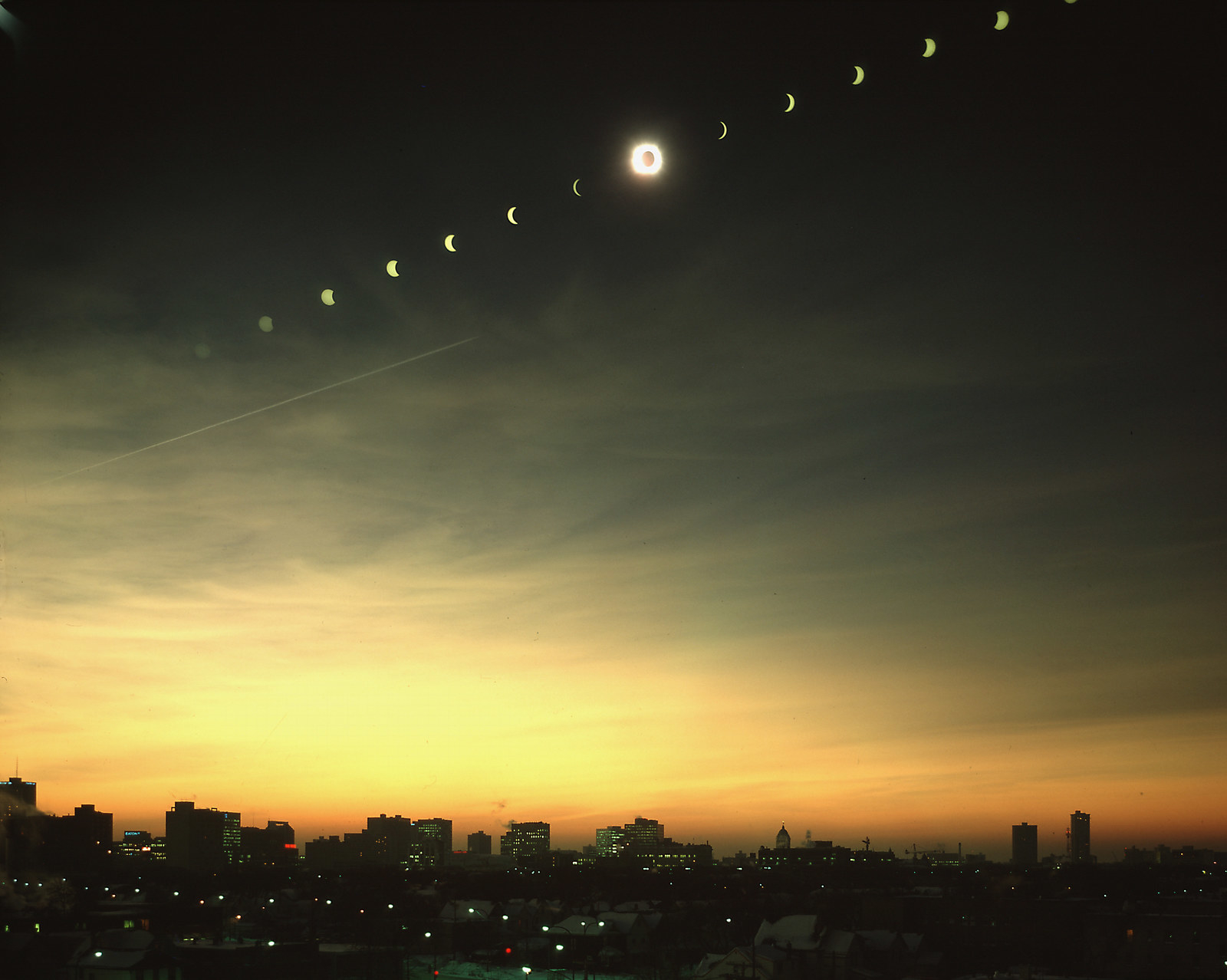
The last time a total solar eclipse hit the US was in 1979, but it only passed over a handful of states in the Pacific Northwest. A coast-to-coast total eclipse last happened in 1918, just months before the end of World War I.
“Every 12 to 18 months you might get a total solar eclipse, but this would be on different parts of the planet, most often on water — because most of Earth is water,” Guhathakurta said. Guhathakurta’s job as an eclipse scientist means she trots across the globe to test instruments that take precise measurements of the outermost portion of the sun during eclipses. She’s seen six so far, the most recent being in Libya in 2006.
Another total solar eclipse is slated to happen in the US in 2024, but it won’t go coast to coast. It’ll cross through Mexico, Texas, Chicago, and up through the Northeast.
Okay, whew. So where can I go to see this thing?
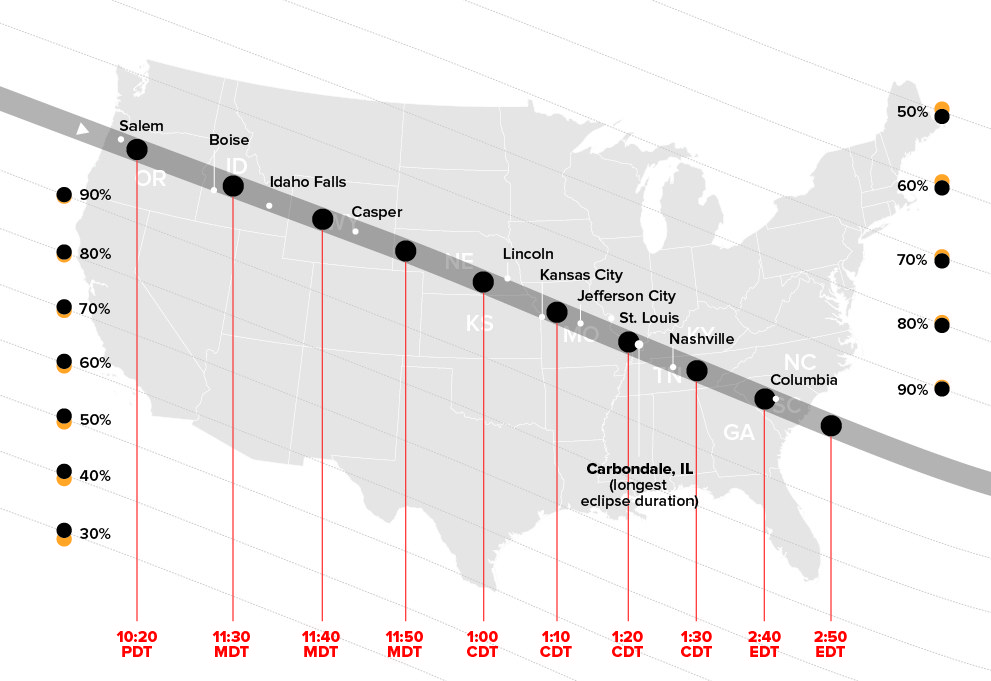
When a total solar eclipse happens, two shadow regions are created. One is the more narrow field of the umbra, which is Latin for — you guessed it — “shadow.” This is the region of total darkness during the eclipse, where the moon is in just the right position to cover the whole sun.
A much bigger region of land will be covered by the penumbra, Latin for “almost shadow,” which occurs when the moon partially blocks the sun.
About 10 to 12 million people live along the 70-mile-wide “path of totality” of the umbra that stretches across the US, and another 18 million people are within easy driving distance of it. Another 500 million people will be able to view a partial eclipse from the rest of the US, Canada, Mexico, parts of South America, and northwestern Europe.
How much darkness are we really talking about here?
The amount of time that each place along the path of totality will be shrouded in complete darkness depends on the speed at which the shadow is traveling at that time.
“If you shot an arrow through the shadow and it hit the center of the earth, that’s where you’re going to get the maximum duration — that’s where the shadow would travel the slowest,” said Susan Stewart, an adjoint assistant professor of astronomy at Vanderbilt University in Nashville, which is the largest city that lies in the path of totality.
But the place that will see the longest eclipse duration — a whopping 2 minutes and 41.6 seconds of total darkness — is Carbondale, Illinois. If you can’t get there (the tiny town of 26,000 is already planning to host tens of thousands of visitors), don’t fear — here are some other great places to get a good view of the action.
The whole process — from the moon slowly edging across the sun until it completely covers it and then slips back past — will take about three hours.
Okay, okay — but what will you actually get to see?
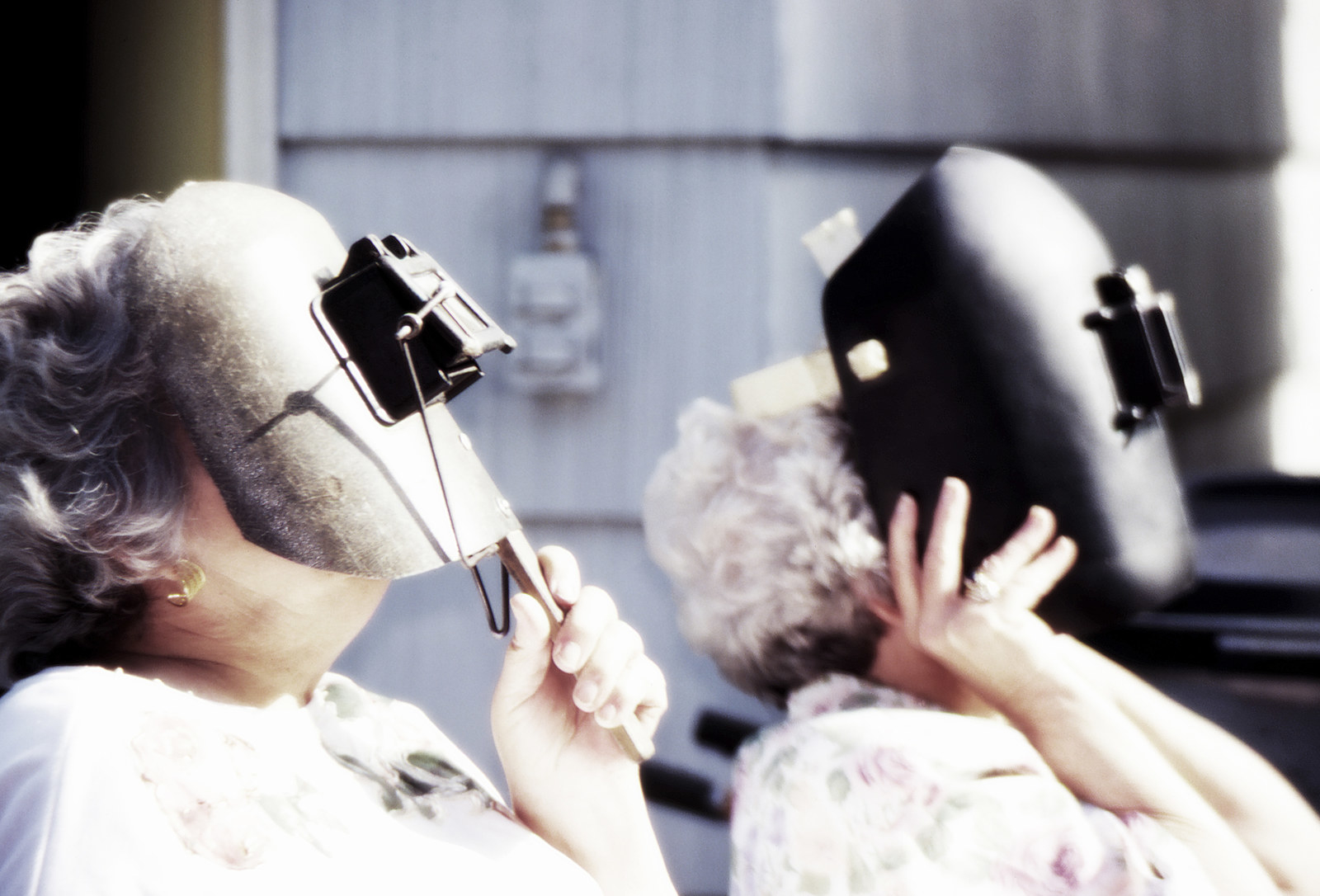
Importantly, everyone trying to view the eclipse MUST wear protective eyewear. (Read this to find out about what actually happens if you look directly at the sun — spoiler alert: BAD things.)
But for those viewing the eclipse along the path of totality, when the moon does finally slip into place and cover the entire sun you’ll finally be able to take your glasses off! In fact, you’ll need to — if you want to see the corona.
When the bright disc of the sun disappears, the corona — Latin for “crown” — will instantly be visible. The corona is the outermost atmosphere of the sun, an aura of quivering plasma that extends millions of kilometers into outer space, but is not usually visible to the naked eye because the sun is too bright.
“It is shimmering yellow, a dynamic environment that you can see with your naked eyes,” Guhathakurta said.
For scientists, the eclipse is a unique opportunity to study the innermost region of the corona, which is difficult to measure precisely from space. “When an eclipse happens, you can actually see down to the surface of the sun,” Stewart said. The last time a coast-to-coast eclipse happened 99 years ago, she said, scientists didn’t have the technology to do these measurements. “So they have this wonderful experiment that’s going to run during the whole eclipse.”
Because the moon has mountainous craters and valleys, you’ll also be able to see occasional streams of bright light gleaming through. Called Baily’s Beads, since they look like beads on a necklace, these beams of light used to help scientists measure the heights of the mountains on the moon.
Around the rest of the sky, as it sits in darkness for two minutes, you’ll also be able to see stars and planets — Jupiter, Mars, and Venus, but also Mercury, which we usually can’t see because it’s too close to the sun.
Great, cool, yeah! What other random stuff will happen?
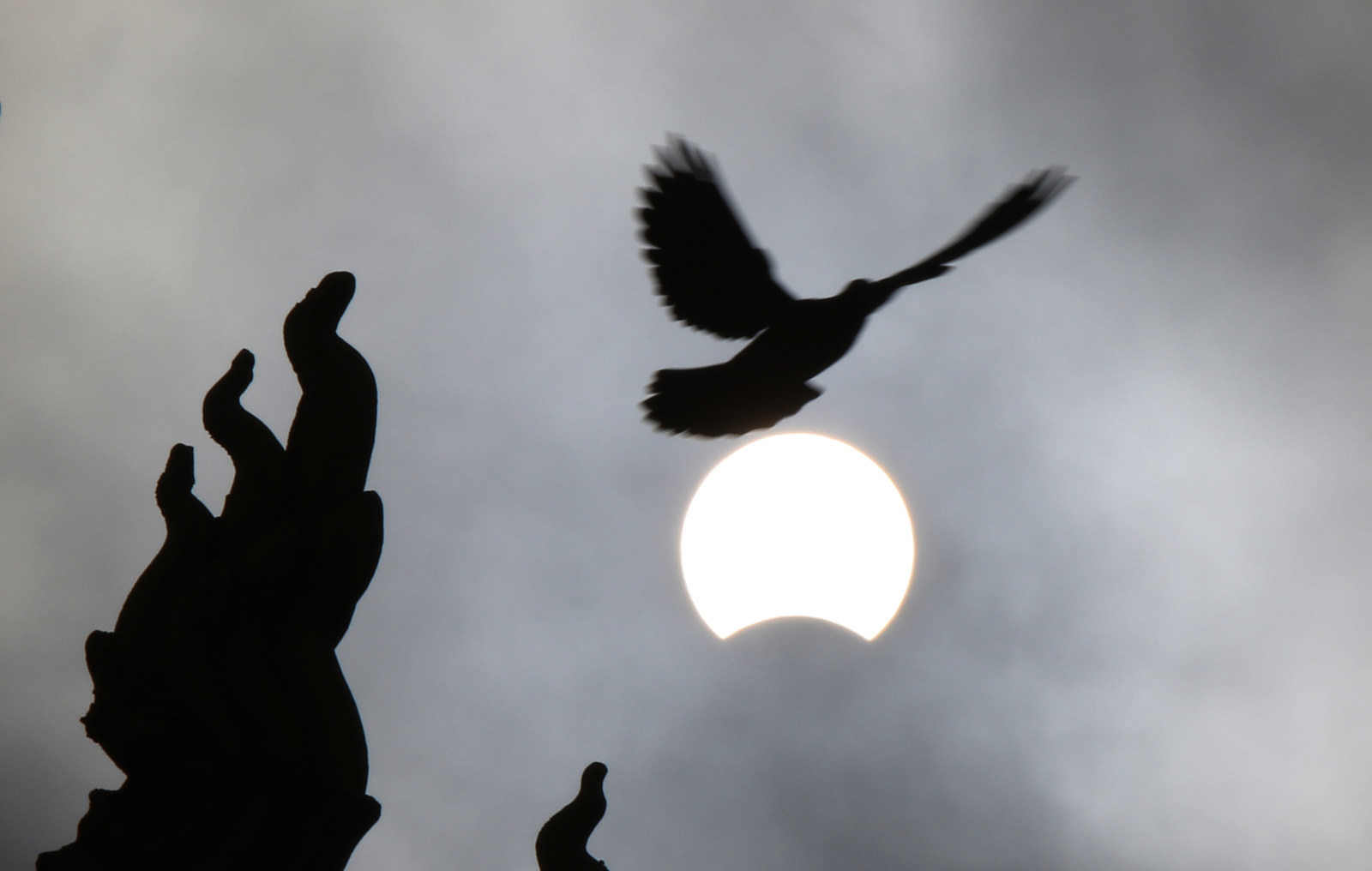
All of this crazy stuff can cause a lot of confusion for animals. Spiders may start taking their webs down, birds may start calling, cicadas may chirp, bees may head back to their hives, and chickens may scamper back to their coops. During a recent eclipse in Africa, hippos were studied walking back to the islands that they sleep on at night until the sun came out again shortly afterward. They were reportedly distressed for the next three days.
Scientists will also be studying the near-immediate changes to the weather — measuring the rapid changes in humidity, wind, and temperature that could accompany the eclipse.
“Once it gets blocked out it’s going to change the temperature dramatically, some say about 10 degrees in a matter of seconds,” said Stewart, whose group is sending up an atmospheric-sensor package in a weather balloon to measure the changes. “We have day-night changes of temperature, but what happens when it changes in an instant? We just don’t know!”
Humans on the ground have all sorts of activities planned too, from festivals to an eclipse golf tournament to citizen science projects.
“The leader of our balloon team has a special code from Homeland Security to break through the cell phone towers,” Stewart said. “They foresee it’s going to be really jammed that day, really crazy. FEMA even contacted me, asking what they need to be worried about. We’ve never had to plan for this before. Can you imagine Facebook that day? It’ll be crazy!”
As for Stewart, she’ll be on her friend’s farm on the Kentucky–Tennessee border, where her research group is planning to release their weather balloon. But at the moment when the moon slips over the sun, she and her friends will be, like everyone else, reveling in the midday darkness far away from the bright city lights of nearby Nashville. And then they’re having a pig roast. ●

